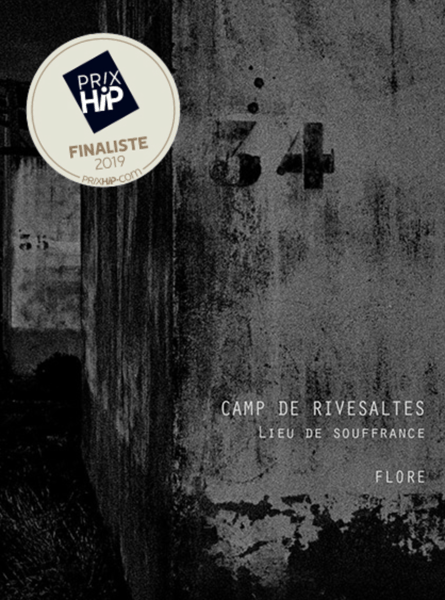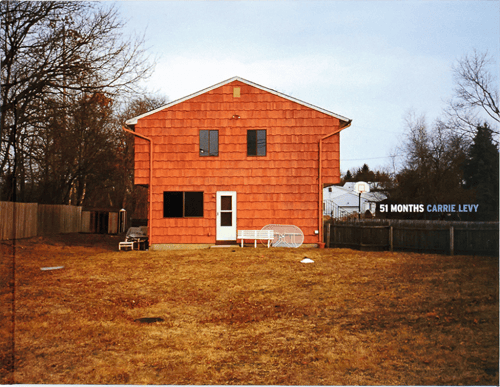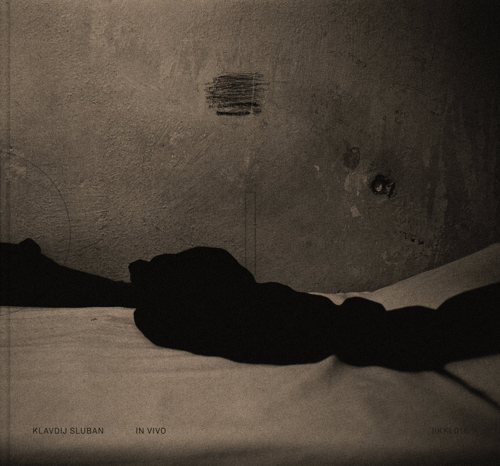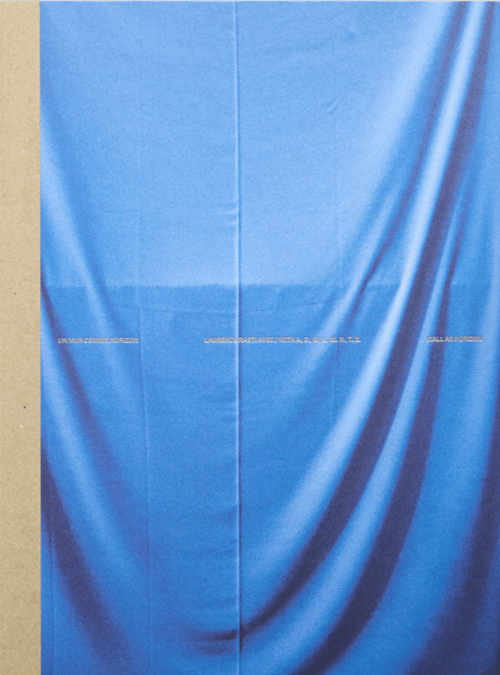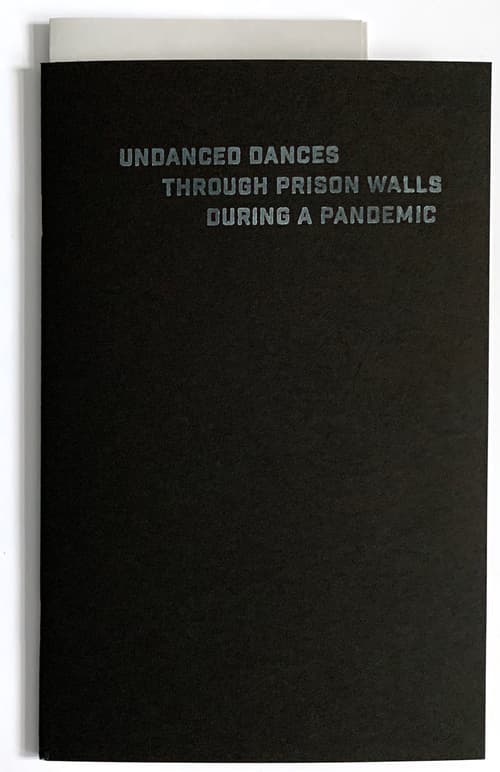Publisher Note
The Camp de Rivesaltes, also known as Camp Joffre, was an internment and transit camp in the commune of Rivesaltes in the department of Pyrénées-Orientales of the French Southern Zone during World War Two.
Rivesaltes, situated on a rail route 40 km from the Spanish border, was considered a strategic position for the French army, which took over 612 hectares to construct a camp. It was originally intended to be used as a military base. At the same time, southern France became a major haven for Jewish refugees attempting to flee to neutral countries, whether legally or illegally.
The military camp – names Camp Joffre - was built in 1938. Following the Retirada (the exodus of about half a million refugees from Spain to France in early 1939 during the Spanish Civil War) the French government decided to use Camp Joffre to intern more than 15,000 Catalan refugees.
In 1939, at the start of World War II, the camp became a military transit base, and in 1940 a refuge for Spanish refugees fleeing from Francoist Spain. After the signing of the armistice, France was split into two. The zone libre ("free zone"), in which the Pyrénées-Orientales was included, came under the administration of the Vichy government.
Gradually, the Joffre camp became a place of internment for families of gypsies, Jews and Spanish refugees. With a capacity of 8000, before long the camp became overcrowded, families were separated, and conditions deteriorated greatly.
1941: When the first internees arrived on January 14, 1941, the status of the camp was not yet settled. It was decided to make it an "accommodation center" for families. Initially planned for a maximum of 17,000 "guests", it included 150 large barracks with a capacity of 10,000 individuals. Families were divided between barracks: there were barracks for men, others for women and children. By May 31, 1941, the camp had 6,475 internees from 16 nationalities; Spaniards constituted more than half of them, and Jewish refugees from other countries more than a third.
1942: At five o'clock in the morning on August 26, 1942, the foreign Jews in the southern zone were rounded up and taken to the Centre national de rassemblement des Israélites at Rivesaltes. This "center" was newly established in the camp, in blocks J (for women and children), F (for men; this block had previously been reserved for workers) and K (reception, screening and sorting). It was planned as a transit camp for a total of 10,000 internees who would be housed there for 15 days before being deported. The 1,176 Jews already in the camp prior to the round-up were included in this count. Rivesaltes camp became a transit camp for deportees whose ultimate destination was the Nazi extermination camps. In November 1942, as Germany invaded the previously unoccupied southern zone of France, German troops moved into Camp Joffre, and it was closed as an internment camp.
1944-1946: Guarded residence center
The German army left Rivesaltes on August 19, 1944. While the military part of Rivesaltes camp resumed its original purpose, a new "guarded residence center" was established there on September 12, 1944. Located chiefly in block Q, this center housed people interned under the Vichy regime’s épuration ("purification") policy. It had a maximum capacity of 1,080 internees. The center continued to receive people from other European countries: Spaniards interned for crossing the border illegally were put to work to secure the center, and in January and March 1945 several hundreds of Soviet prisoners of war arrived. The closing of the center was decided upon on December 10, 1945, and completed early in October 1946.
1944 – 1948: Prisoner-of-war depot (1944–1948)
| Publisher | |
|---|---|
| Release Place | Paris, France |
| Edition | 1st edition |
| Release Date | 2018 |
| Credits |
Writer:
Designer:
Artist:
|
| Printrun | 1000 |
| Identifiers |
ISBN-13:
979-10-92265-73-6
|
| Work | |
|---|---|
| Subform | Photobook |
| Topics | Prigioni, Prison |
| Methods | Photography |
| Language | English, French, Spanish, Catalan |
| Object | |
|---|---|
| Format | hardcover |
| Dimensions | 17.0 × 23.0 cm |
| Interior | |
|---|---|
| Pages | 120 |
featured in
Prisons: the confined separation